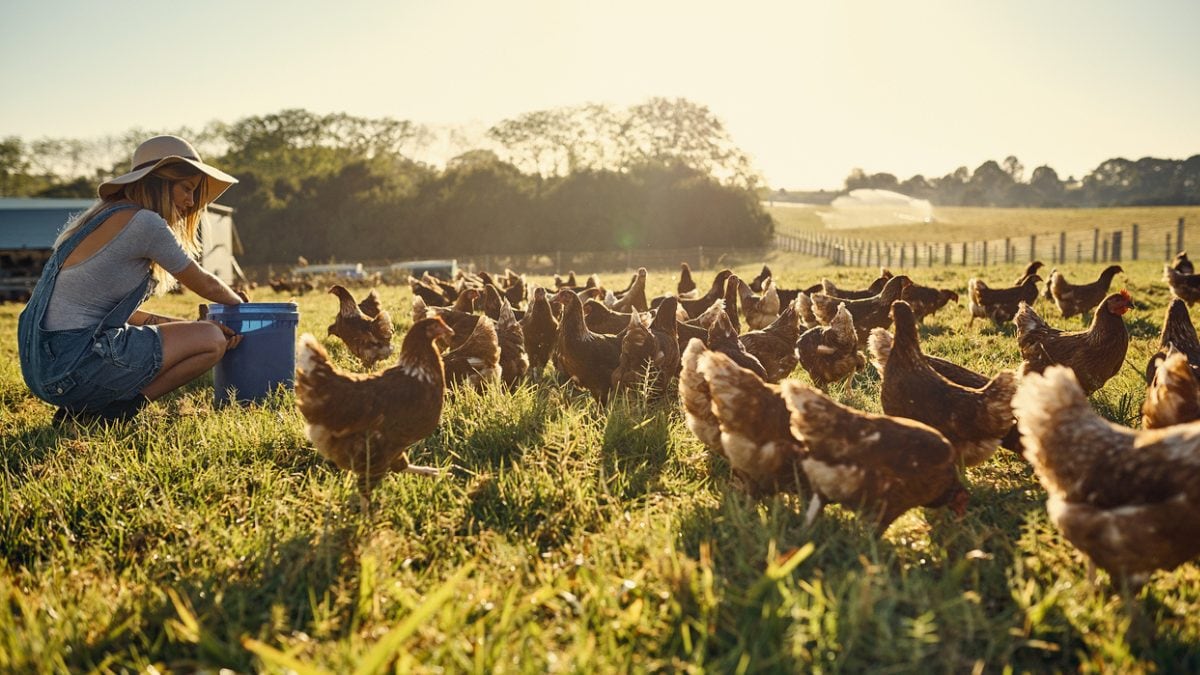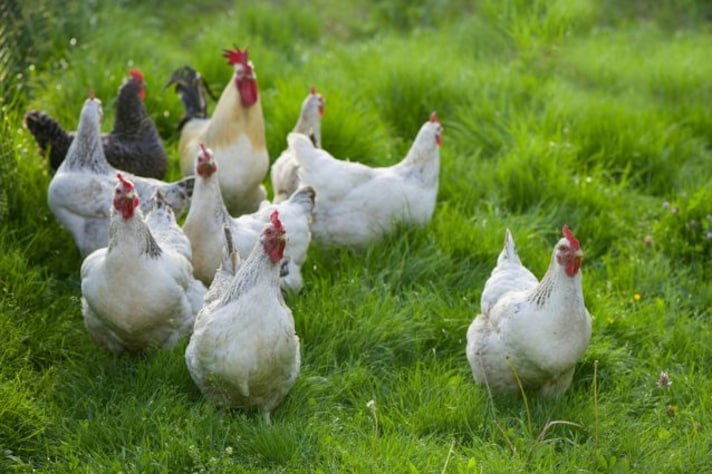
In a landmark move for food transparency, the U.S. Department of Agriculture (USDA) has officially updated the definition of “pasture-raised” when it comes to poultry. The new standard, finalized in March 2025, now requires that chickens labeled as pasture-raised must spend the majority of their lives on rooted, vegetative pasture—a significant shift from the previously vague and often interchangeable use of “pasture-raised” and “free-range”.
What’s Changed—and Why It Matters
Previously, the USDA considered “pasture-raised” and “free-range” to mean essentially the same thing: that birds had continuous access to the outdoors. But critics argued that this definition was misleading, as it didn’t guarantee that animals actually spent meaningful time on pasture. Thanks to a petition spearheaded by Pasturebird and Perdue Farms, and supported by nearly 6,500 public comments (96% in favor), the USDA has now drawn a firm line between the two terms.
Under the new definition, “pasture” must consist of land with rooted vegetation—not just dirt or concrete—and chickens must live on it for the majority of their lives. This change aligns with consumer expectations and gives small, independent farms that already follow these practices a clearer way to differentiate their products.

A Win for Transparency and Animal Welfare
The updated labeling standard is being hailed as a victory for both animal welfare advocates and conscious shoppers. Organizations like Certified Humane and Global Animal Partnership have already updated their own certification standards to reflect the USDA’s new language, helping to create consistency across both government and third-party labels.
Mike Badger, executive director of the American Pastured Poultry Producers Association, called the ruling “an opportunity at the national level to set pasture-raised animals apart from everything else,” emphasizing that the USDA is finally recognizing the grassroots practices that have defined small-scale poultry farming for decades.
What This Means at the Grocery Store
For consumers, this change means that the “pasture-raised” label now carries more weight. It’s no longer just a marketing term—it’s a regulated claim that ensures chickens were raised in a more natural, humane environment. While pasture-raised chicken may still come at a premium price, shoppers can now feel more confident that they’re getting what they pay for.
So next time you’re scanning the poultry aisle, take a closer look at the label. Thanks to this new USDA ruling, “pasture-raised” finally means what it should have all along.
;Resize,width=767;)
